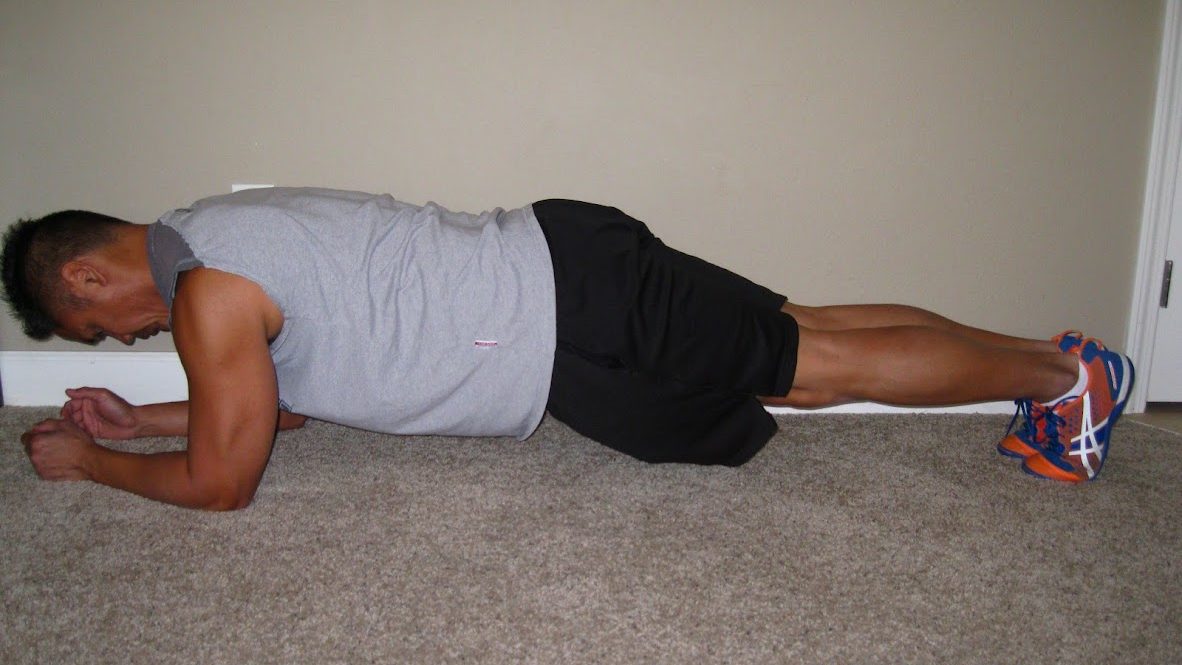(from Level One Training and Fitness, March 2013)
Fish Oil
Gone are the days where you actually had to eat a real fish to get your Omega-3s! Nowadays, you can go buy fish oil in liquid gel-cap form; some even go so far as to offer an “anti-fish belch” formula! Whether you choose to burp fish or to not burp fish, epidemiological studies have shown “significantly reduced mortality from heart attack and sudden death in patients with cardiovascular disease.” Not only that, but it can help those with inflammatory disease such as Crohn’s or rheumatoid arthritis and even people with asthma brought on by exercise.
Is that all? I’m glad you asked! Fish oil can help your mental health in the areas of depression, bipolar disorder, and Alzheimer’s. The jury is still out when it comes to fish oil and endurance training or strength training, but when it comes to body fat, fish oil can actually help you get to burning those unwanted extra layers. But before you go running to buy some magic in a bottle, check with your doc first and be sure you’re in the clear. Then, be sure you’re READING LABELS to get the most amount of EPA and DHA (it should be broken down) for the amount you pay.
Proteins and Carbs
Trust me, I’m reserving a little article about the awesome nutritional merits of eating grasshoppers, silkworm pupae, wasps, dung beetles, and termites to name a few! But today, it’s going to be a little thing about protein (a must for muscle-building and repair) and carbs (a must for energy during and after workouts). When it comes to protein, the daily needs range varies from 0.8 g/kg in the average person to 1.7 g/kg for the resistance training athlete (bodybuilders). Based on this information, it’s easy to surmise that you need to first decide whether you’re the average next-door neighbor from Woman’s World magazine or if you want to become the next cover model of Muscle and Fitness. After you’ve decided, take your weight in pounds and divide it by 2.2 to obtain your weight in kilograms. Then, multiply it by your average person requirement or your cover model requirement (or something in between based on a conversation you’ve had with your doctor and/or fitness professional).
Now what? Well, this is where it gets interesting and it depends on how “hardcore” average you want to be or how “hardcore” hardcore you want to be. If you’re the average person, eyeball your serving sizes of protein by paying more attention. If you’re wanting to be the next ripped guy or girl to grace a mag cover, you’ll probably end up getting a food scale and buying a protein supplement. But, we’ll talk more about that next time since we need to move on to everyone’s fave: carbs!

Maybe you didn’t know this, but carbs are stored in your muscles in a form called glycogen. Now before you start to think eating carbs for your muscles is all good, let’s remember, you’ve got to eat the HEALTHIER carbs AND you need to pay attention to the serving size. Otherwise, excess carbs WILL end up being stored as *UGH!* fat and we certainly don’t want an excess amount of that on our bodies. Now here’s where the fun begins.
It’s okay to have some carbs before your workout. In fact, pick good sources of slow and steady workout energy – some oatmeal, fruit, whole wheat bread, etc. The key here is slow and steady energy, you don’t want to spike your insulin (sugar rush), but you also don’t want to get carried away with portion size either. And how about post-workout? If you’ll remember, you need carbs after your workout, but in this case you need quick digesting carbs since you want to restore the glycogen you just burned out of your muscles during your workout. Here, you need to think: some white bread, a sports drink, honey, even chocolate milk. It may seem counter-intuitive, but remember you’re choosing specific types of carbs (quick and slow digesting) for specific times (before and after workouts) and for specific reasons (to fuel and to refuel). Starting to make better sense?
Next time, we’ll go a bit more into combining both carbs and protein before and after workouts. Until then, be sure you have a banana before your workout and drink your chocolate milk after!
More Core
By now, most of you have been exposed to some measure of my core drills during training sessions or class; the goal being to build your core endurance and strength which can potentially save you from future injury, whether sports-related or otherwise. Remember that the core muscles are the muscles which surround and support your spine providing it with stability as you go about your daily activities and to help you power through various sports moves. Crunches and situps help, but you need to do more than that to ward off injury.
Matthew Szelong (an athletic trainer and Certified Strength and Conditioning Specialist) recommends at least 4 exercises (some of which you may already recognize) to help you build a rock solid core: the curl-up, the alternating quadruped, the lateral bridge (side plank), and the plank. I promise you, if you do these 4 exercises at least 3 times a week with 48 hours between, you’ll notice marked improvement in your ability to hold correct posture and to do some of the more difficult things in life much more easily. But please remember, there is no substitute for form and technique!

Feel free to ask me during your training session, before class, or after class if you need clarification. Check out online videos of individuals who demonstrate the exercise, but be sure they’ve got the credentials to back up their work, i.e. they’re an NCCA-accredited certified personal trainer, CSCS, or athletic trainer. These days, it seems like a lot of people “know a lot” about a lot, but just like you wouldn’t go to 7-Eleven for a fine dining experience, don’t just approach and ask a random gym-goer about how to do certain exercises no matter how good they may look!
As always, if you have any questions, please don’t hesitate to reach out – visit our Contact page.


